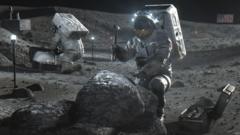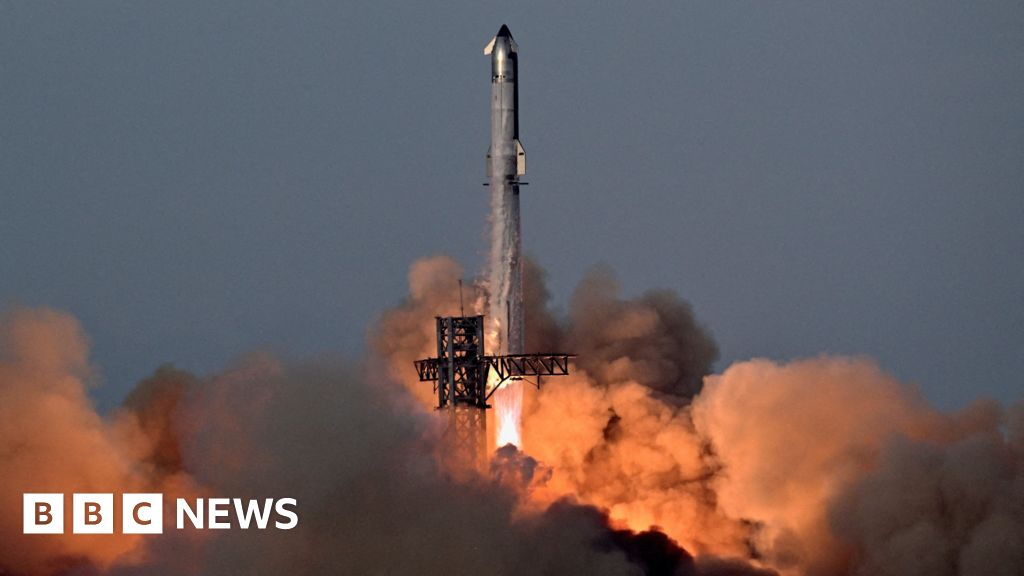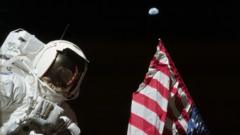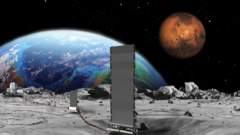Inside a colossal spherical chamber at NASA's Johnson Space Center, Sierra Space engineers pushed the boundaries of technology as they tested a machine designed to produce oxygen from lunar regolith. This dusty and gritty mixture, similar in composition to moon soil, underwent a transformative heating process, eventually bubbling out oxygen-containing molecules under high temperatures exceeding 1,650°C.
Brant White, program manager at Sierra Space, emphasizes the critical phase of testing that needs to occur on the moon itself, moving beyond Earth-based trials. While the current advancements represent a significant step towards establishing a sustainable lunar base, they highlight the intricate challenges posed by lunar conditions, particularly the one-sixth gravity of the moon.
The process of producing oxygen on the moon is integral not only for astronauts to breathe but also for generating rocket fuel for future deep-space missions. Traditional methods of bringing supplies from Earth are cost-prohibitive, presenting a compelling case for in-situ resource utilization. Sierra Space’s technology could ultimately save billions by creating essential resources directly on the lunar surface.
The company’s testing chamber simulates the vacuum and extreme temperatures of the moon, refining the machine's capacity to withstand the abrasive nature of the regolith. Maintaining operational efficiency while accommodating the vigorous lunar environment remains central to their mission. The next significant trial is expected to take place no earlier than 2028, as the endeavor to exploit lunar resources unfolds.
Meanwhile, other researchers, including those at Johns Hopkins University, are tackling different oxygen-extraction technologies amid challenges posed by low lunar gravity. Their efforts, including methods like molten regolith electrolysis, aim to optimize the efficacy of oxygen production, despite complications related to bubble detachment in viscous regolith.
Sierra Space's carbothermal process offers an advantage, allowing oxygen bubbles to rise freely rather than getting stuck on electrodes. This efficiency underscores the importance of oxygen not only for life support but also as an oxidizer for rocket fuel, essential for further exploration.
Enhancing lunar resource accessibility could attract advancements in multiple fields. Researchers like Palak Patel from MIT, leveraging ultrasound to facilitate oxygen extraction, seek to minimize resupply missions, allowing astronauts to utilize local materials not only for air but also for 3D-printed components.
The vision extends beyond oxygen production; lunar regolith has the potential to yield metals like iron, titanium, and lithium, vital for building infrastructure and tools on the moon. Experiments indicate possibilities of creating construction materials from lunar soil, enhancing the feasibility of establishing a robust human presence in outer space.
In a collective momentum towards lunar habitation, these pioneering efforts will contribute significantly to the ongoing journey of space exploration, setting the stage for human ambition beyond Earth.


















